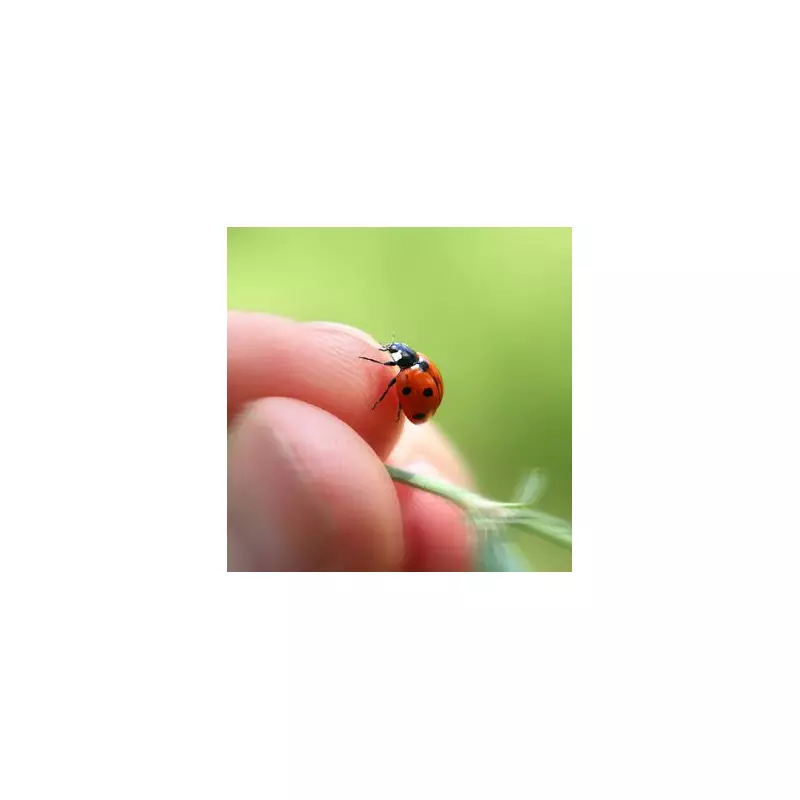
Millions of harlequin ladybirds are staging an unprecedented invasion across British homes as temperatures plummet, creating what experts are calling one of the largest swarms in recent memory. The sudden cold snap has triggered a mass migration of the spotted insects seeking warm winter shelters.
The Great Ladybird Takeover
From windowsills to curtain folds, British residents are reporting extraordinary numbers of the distinctive beetles making themselves comfortable indoors. The harlequin species, larger and more aggressive than native ladybirds, has been rapidly spreading across the UK since its arrival from Asia in 2004.
Dr. Helen Roy of the UK Ladybird Survey confirms: "We're witnessing exceptionally high numbers this autumn. The combination of favourable breeding conditions and sudden temperature drop has created perfect conditions for this mass movement into buildings."
Handle With Care: Expert Guidance
While the sight of hundreds of ladybirds might be alarming, experts urge calm and careful handling. The harlequin variety can deliver a minor bite and may release yellow fluid that stains surfaces.
Safe removal methods include:
- Gently encouraging them into containers using paper
- Relocating them to sheds or outdoor structures
- Avoiding crushing them to prevent staining
- Using a vacuum cleaner for large infestations (empty immediately)
Why the Sudden Invasion?
Climate patterns and successful breeding seasons have created ideal conditions for population explosions. The harlequin ladybird's adaptability and lack of natural predators in the UK have allowed it to outcompete native species, with concerning implications for biodiversity.
Professor Peter Brown of Anglia Ruskin University notes: "This isn't just a nuisance - it's an ecological shift. The harlequin's dominance is affecting our native ladybird populations and broader insect ecosystems."
What Homeowners Should Know
While the invasion is temporary, lasting until the insects find their winter resting places, there are practical steps residents can take:
- Seal obvious entry points around windows and doors
- Use weather stripping to close gaps
- Consider fine mesh screens on ventilation points
- Remember they're beneficial garden predators in spring
The current swarm represents nature's calendar in action, with these seasonal visitors simply seeking survival until warmer days return. With careful management, homeowners can coexist with their unexpected guests until the spring dispersal.





